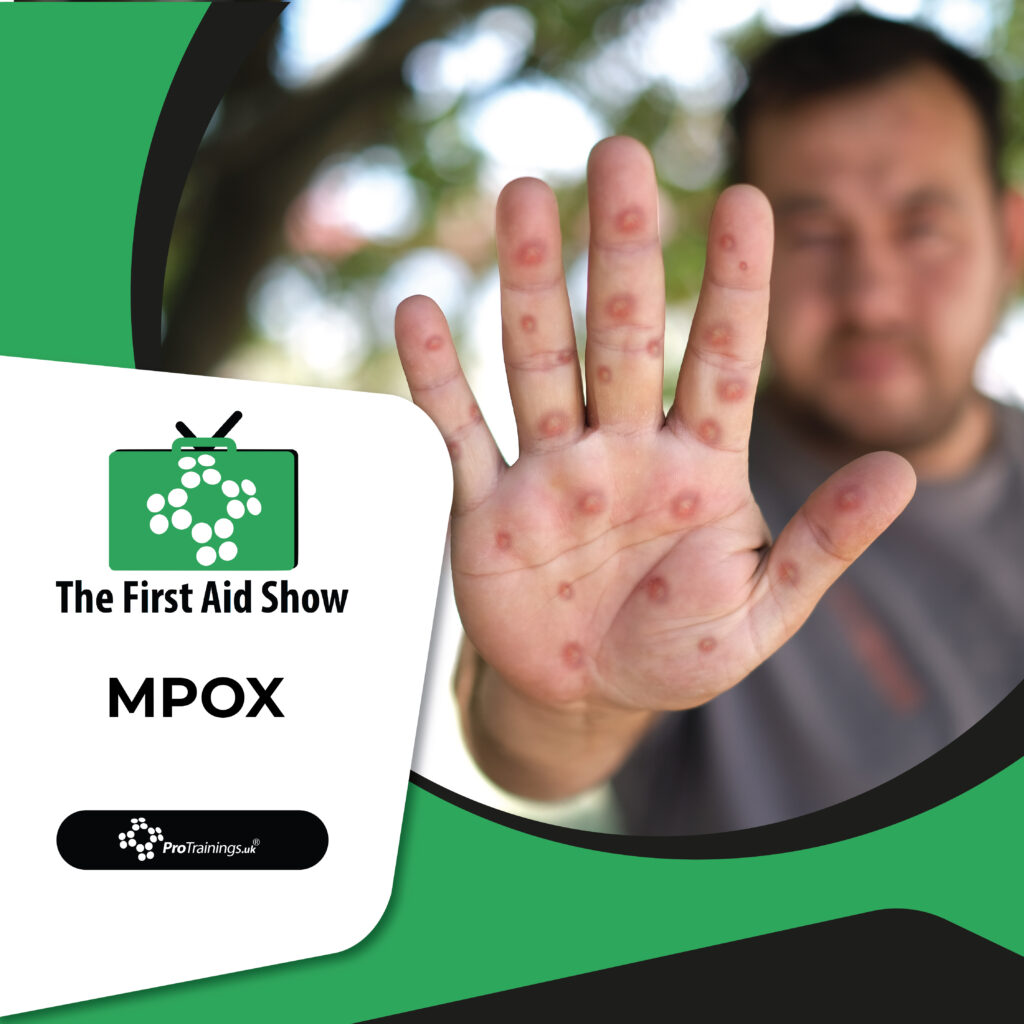Understanding Mpox and Its Prevention
Mpox, previously known as monkeypox, has been emerging more frequently outside its endemic areas in Central and West Africa. Recent outbreaks across Europe highlight the need for heightened vigilance and preventive measures.
How Mpox Spreads
This viral infection spreads through direct contact with an infected person or animal, or by touching contaminated items. Risk factors include prolonged face-to-face contact, or handling infected linens or clothes.
Recognizing Symptoms
Signs of this infection begin with fever, headache, muscle aches, and swollen lymph nodes, followed by a rash that spreads from the face. These symptoms could lead to more severe health issues if not addressed promptly.
Increase in European Cases
Increased travel and animal imports have led to more cases in Europe. Health authorities actively track these outbreaks to prevent widespread transmission. The risk remains moderate for those in close contact with infected individuals, and low for the general population.
Prevention Strategies
Effective prevention involves several key actions:
- Avoid contact with sick animals and contaminated materials.
- Isolate infected individuals to reduce spread.
- Practice good hygiene, especially handwashing after contact with infected persons or animals.
- Use PPE when necessary to provide care for affected individuals.
Managing Outbreaks
Although there is no specific treatment for Mpox, vaccines for smallpox can prevent it, offering about 85% effectiveness. Severe cases might require antivirals or other interventions.
Conclusion
Continual awareness and proactive prevention are crucial in managing Mpox risks. Healthcare providers should educate vulnerable groups and promote preventive measures to combat the spread of this infection.
Visit ProTrainings Europe for more resources and training on infectious diseases and effective hygiene practices.

